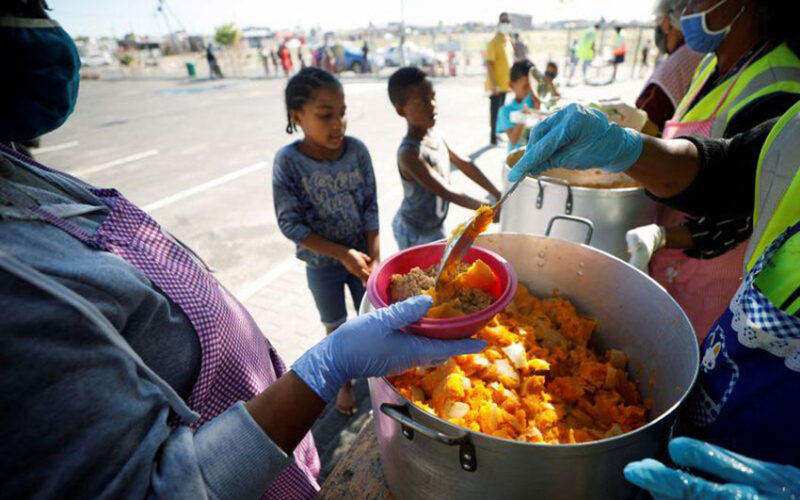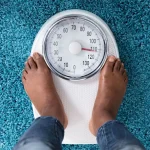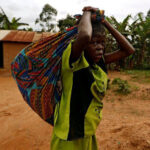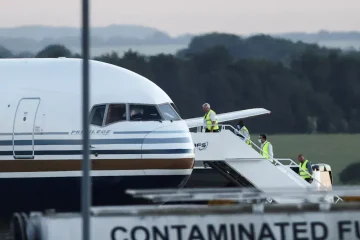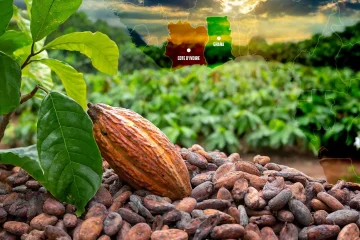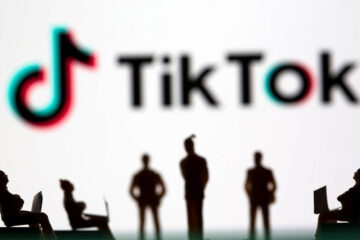EIGHTEEN percent of South African households reported someone going hungry at the end of last year, a survey published on yesterday found, with the situation worsening despite welfare payments to fight the impact of COVID-19.
The hunger rate compares to 14% recorded in an official survey in 2018, showing the impact of the pandemic, researchers wrote in findings of the National Income Dynamics Coronavirus Rapid Mobile Survey (NIDS-CRAM), which followed 10,000 adults.
“The reduction of social protection while rates of adult and child hunger are still at the highest they have been for a decade will have severe consequences,” they wrote.
The rate of households experiencing hunger hit a high of 23% in May-June, after South Africa’s first and most severe lockdown. It improved to 16% in July-Aug as lockdown eased and welfare payments arrived, but deteriorated again over the second half of the year, the survey found.
More than 70% of South Africans were found to be living in a household receiving a government grant in October. Since then, a number of COVID-19 relief payments have ended.
The survey found a strong recovery in employment in October, a significant increase in school attendance and growth in reported mask wearing.
The survey also found that local tobacco producers had increased their share of the market at the expense of multinationals following a five-month cigarette ban between late March and mid-August. Multinational firms’ share of the market, more than 70% before the ban, had recovered to just over 50% at the time of the survey.

